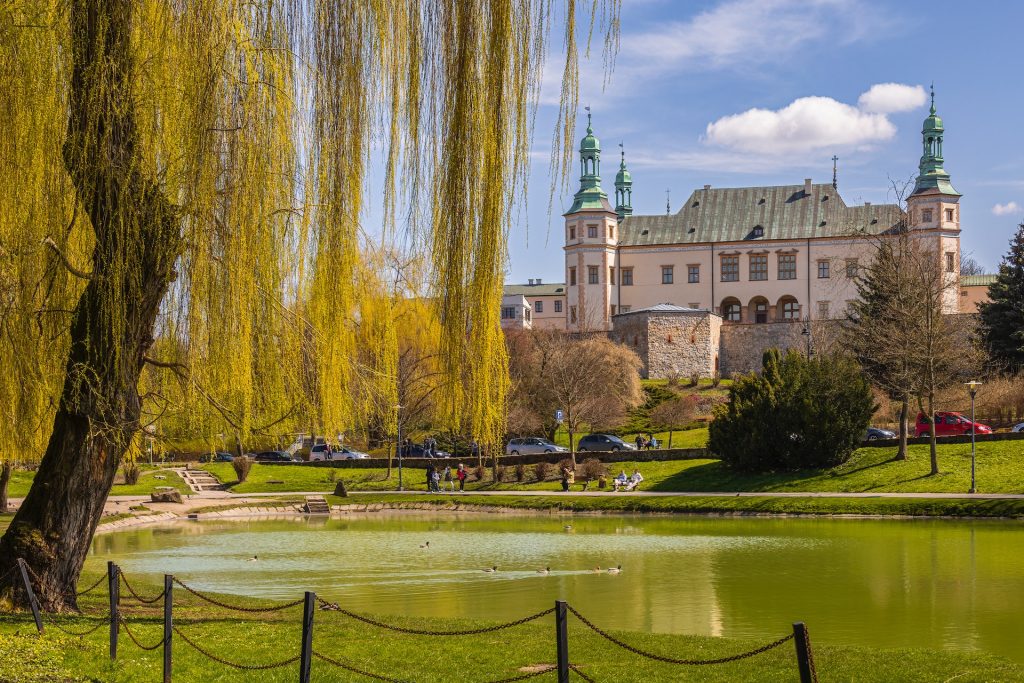Your Guide To The Italian Garden
If you’re a gardener with a specific eye for classic designs, then there’s no doubt that the Italian garden will absolutely appeal to you. It thrives on order and symmetry, relying heavily on the use of landscapes and formal lines.

While it can be a bit expensive to implement, there are a few simple things you can do to transform your home garden into an Italian-style offering. The Italian garden is a formal garden that originated in Renaissance Italy. It began in Rome, with wealthy residents using it to accentuate their villas.
During the Renaissance, Italian gardens made a comeback, giving way to the gardens we see today. They are mostly used by wealthy Italians to flaunt their style and wealth – just like back in the day. Although there are variations, the Italian garden style remains quite eccentric.
Like other Medieval gardens, Italian gardens can be quite flexible. Although flowers are planted, they usually function as accents. The point here is to have evergreen shrubs that are sheared into short hedges, which themselves line in a hardscape walkway.
To be honest, creating an Italian garden isn’t so easy – they can be expensive, and you need to consider the climate effects as well. However, you can create your garden by familiarizing yourself with some things like hardscapes, evergreen shrubs, and Mediterranean plants.

The hardscape concerns all non-living elements of your garden – fountains, sidewalks, containers, statuary, and more. Most gardens come with water features and high-quality pots, and you can have herbs or lemon trees arranged symmetrically in terracotta pots.
You need to have evergreen plants and shrubs in your Italian garden. They create the hedges to edge your walkways and surround your courtyard, and you can also use them to create accents. Some classic shrub options include boxwood and wall germander. You can also use the Italian cypress shrub and options like lavender and rosemary.
